Formica fusca
45,90 zł – 159,90 zł
Worldwide shipping
Free delivery over 500 PLN
The highest quality of goods
Live delivery guarantee
24/7 Personal Support
Fair Prices
Description
Formica fusca is a polygynous ant species with colonies of up to 5000 workers. They have a medium development speed and the queen measures 10-12mm, while workers range from 3-6mm. The ants have a black abdomen and a brown back with black spots. Their nutrition includes insect food, syrup, fruit, vegetables, jelly, and cooked chicken without salt.
Additional information
| Behavior | |
|---|---|
| Difficulty in breeding | |
| Origin | |
| The size of ants | |
| Wintering |
Formica fusca ant colony
Formica fusca is a fascinating species of ant known for its distinct characteristics and behaviors. This species is commonly found in polygynous colonies with colony sizes reaching up to 5000 workers. These ants have a medium development speed, making them an interesting subject for observation and study.
Colony Type and Size:
Colony Type: Polygyny
Colony Size: Up to 5000 workers
Development Speed: medium
Size and Color:
- Queen: 10-12 mm
- Workers: 3-6 mm
Color: These ants have a unique coloration with a black abdomen and a brown back adorned with black spots. This beautiful color combination makes them easily identifiable in the ant world.
Nutrition Requirements for Formica fusca
- Food insects (such as cockroaches and crickets) dead, or live if colony is big
- Syrup (a mixture of water and honey or sugar, with a ratio of 4/3 water:1)
- Fruits and vegetables
- Jelly
- Cooked chicken without salt, shrimps
- Honey
Don’t forget to check out our food products to ensure a well-balanced diet for your colony!
Humidity and Temperature:
- Humidity: Arena: 30-50%, Nest: 50-70%
- Temperature: Arena: 18-28 °C, Nest: 22-26 °C
Behavior of Formica fusca
Formica fusca is known for its aggressive nature. These ants defend their nests fiercely and show no hesitation in attacking potential threats. This species exhibits fascinating social behaviors within the colony, with each caste having distinct roles and responsibilities. Observing their interactions can provide insights into the complex hierarchy and organization within the colony.
Recommended Nests for Breeding Formica fusca
When breeding Formica fusca ants, it is crucial to provide suitable nest options that mimic their natural habitat. Recommended nest materials include acrylic, gypsum, aerated concrete, earth, and cork. These materials offer the necessary structure and moisture retention required for the ants to establish and maintain their colony successfully.
Conclusion
Formica fusca ants are an intriguing species to observe and study. Their polygynous colonies, aggressive behavior, and specific habitat requirements make them a unique addition to any ant enthusiast’s collection. By understanding their physical attributes, nutritional needs, and preferred environmental conditions, you can create an ideal habitat for these incredible creatures and witness their remarkable behaviors firsthand.


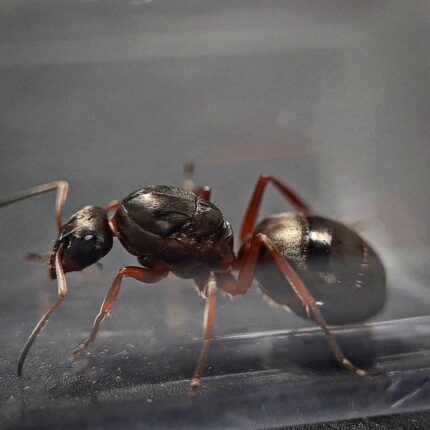
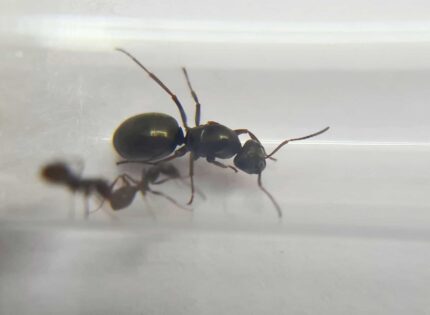
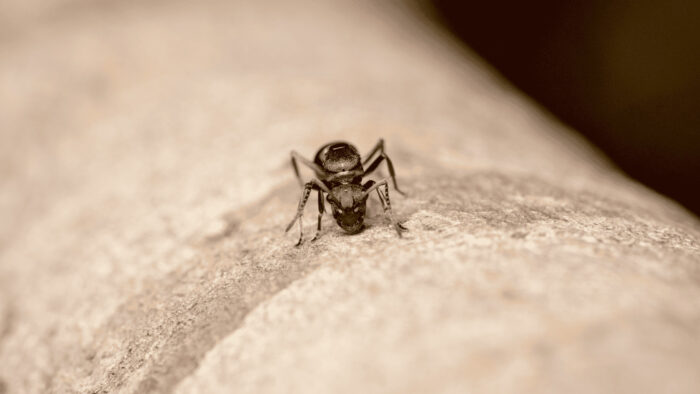
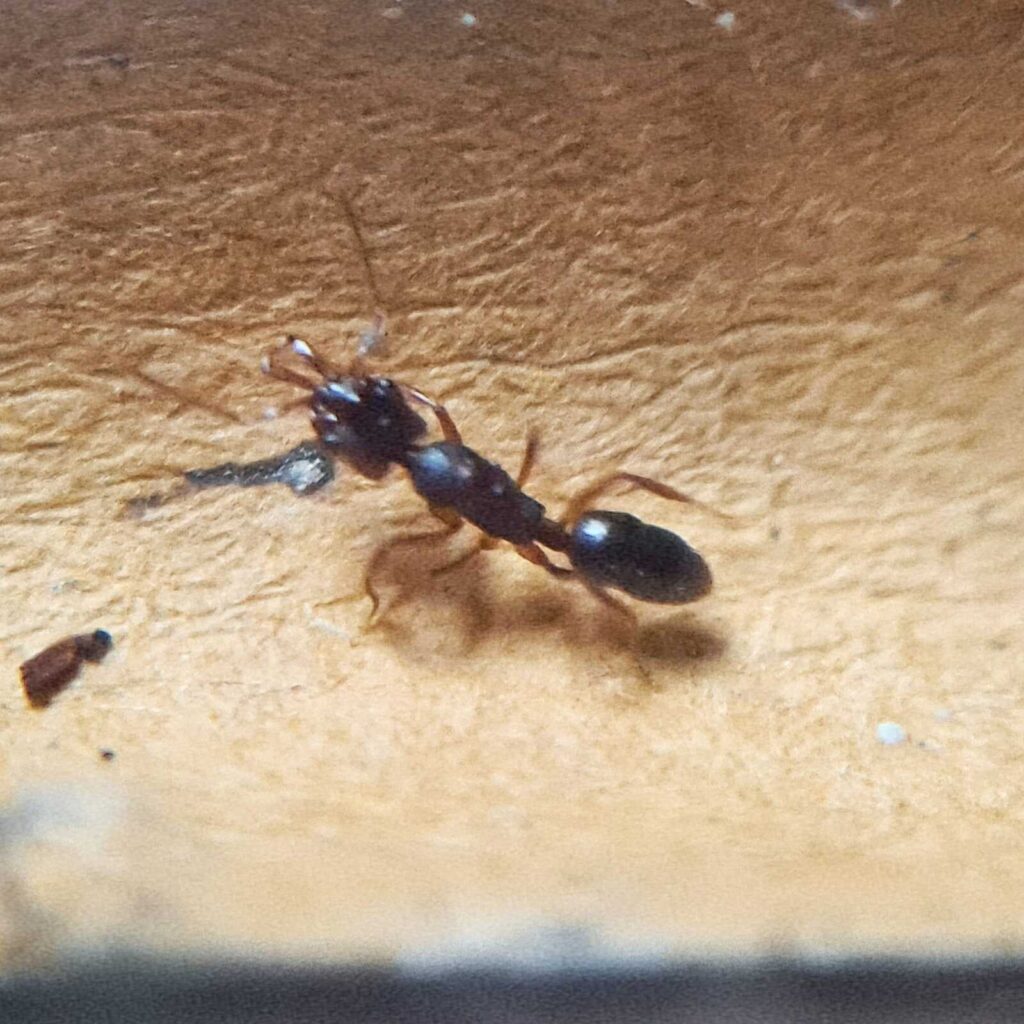

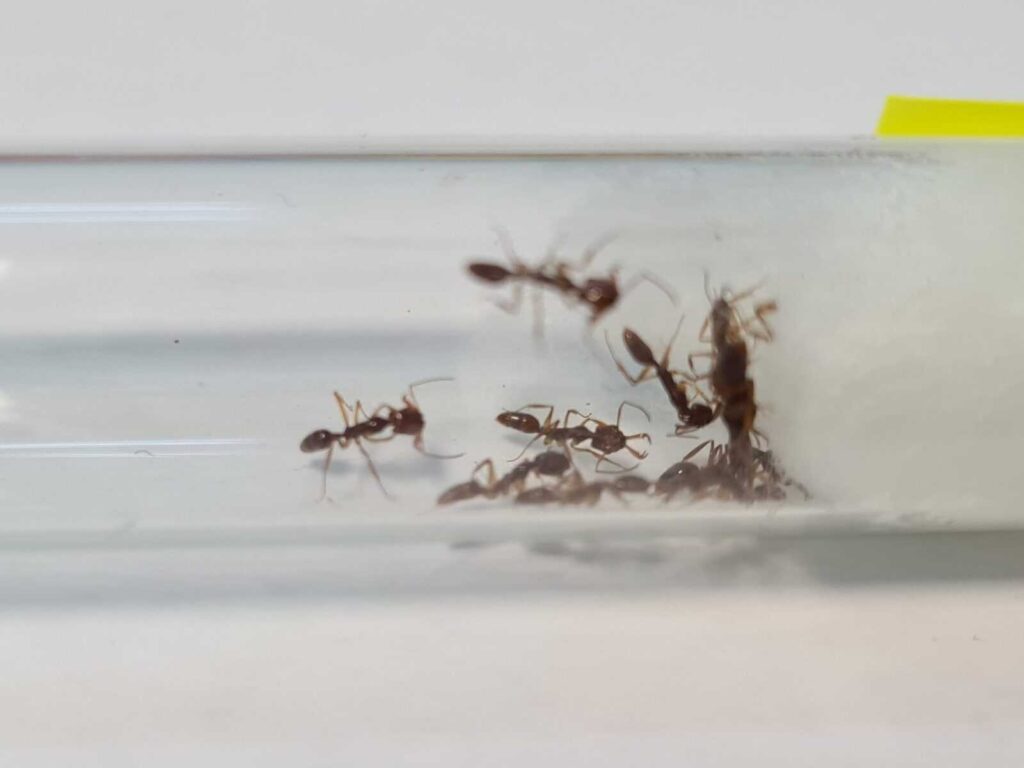
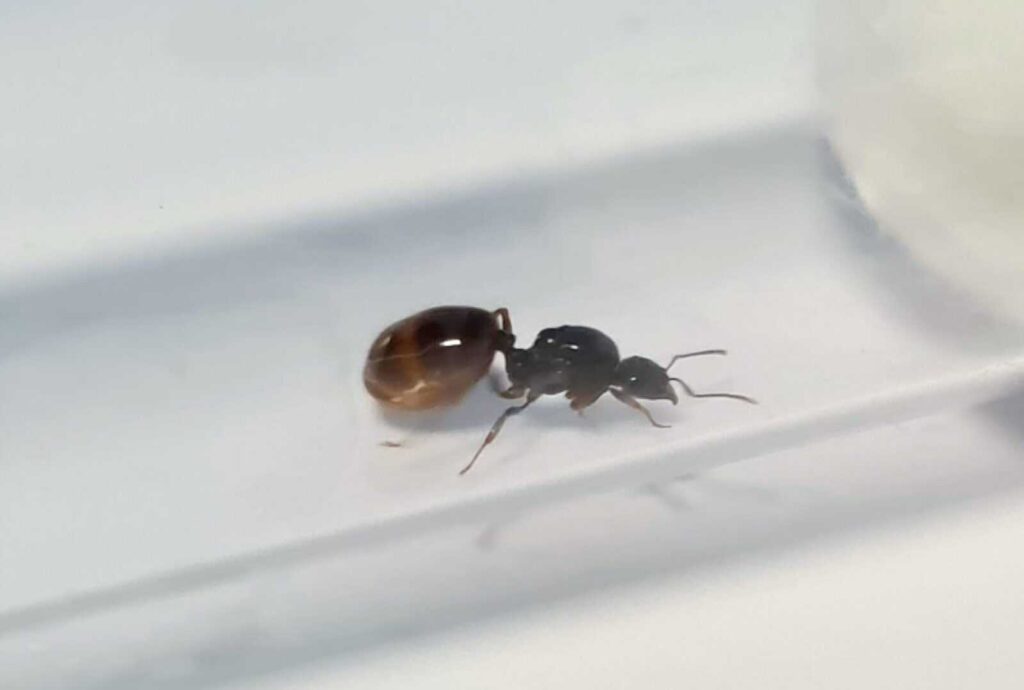
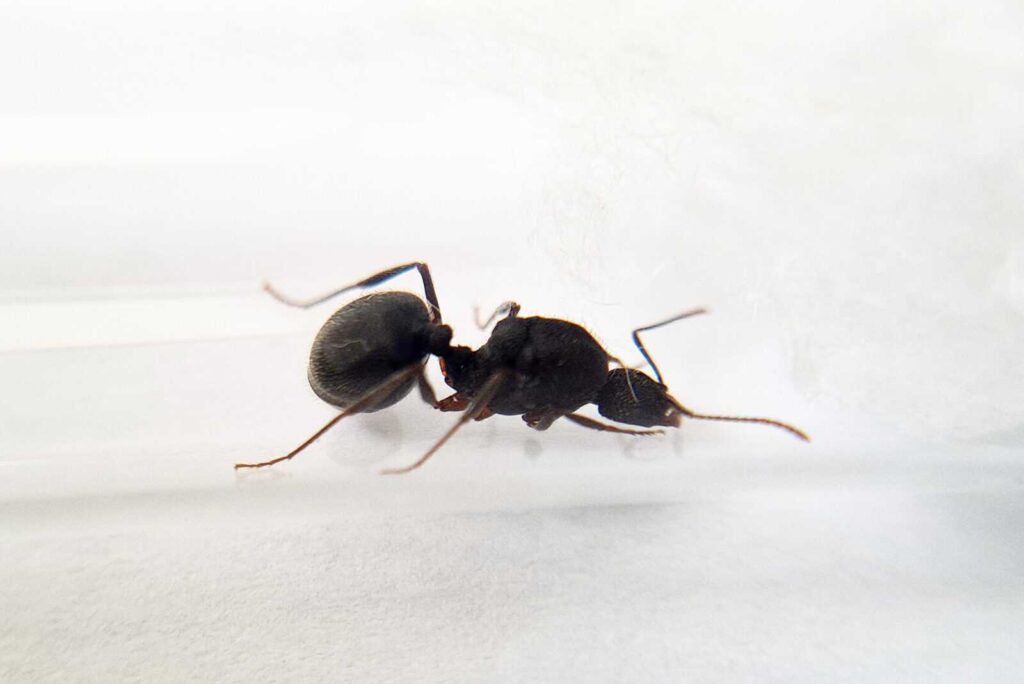
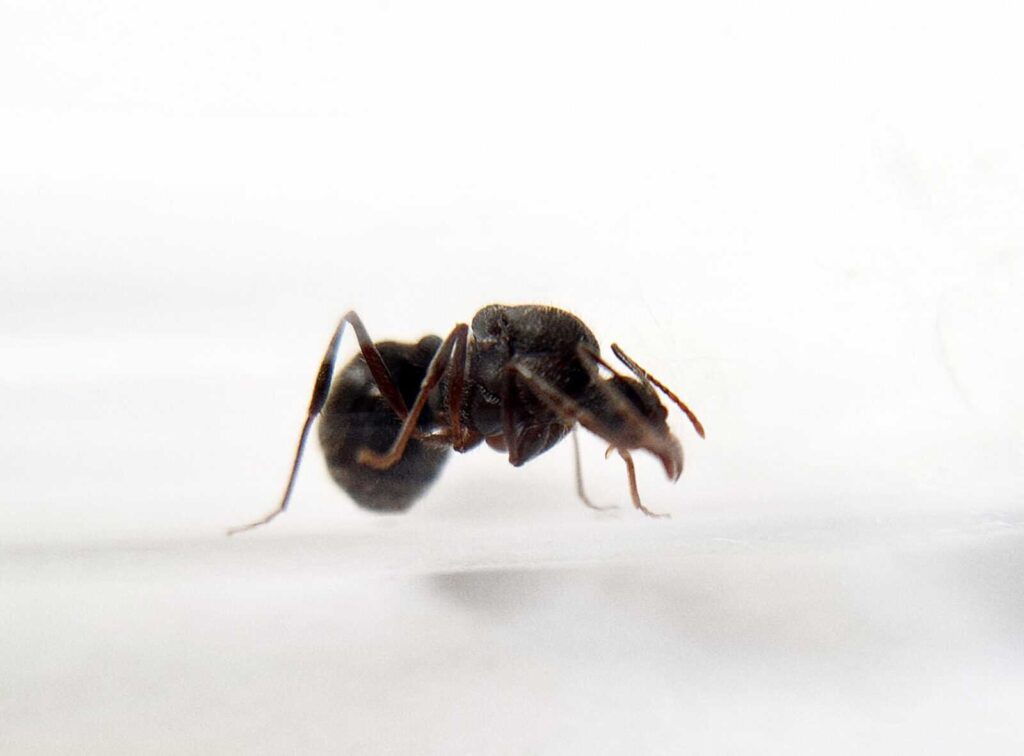

There are no reviews yet.